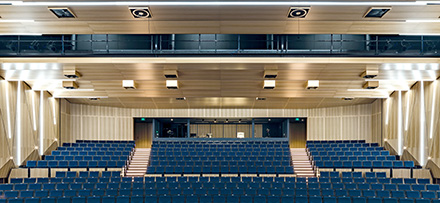The timber industry is urging architects, designers and builders involved in the construction process of new education projects to consider WA timber as their preferred building material. The State Government is investing $492.2 million in schools across the State as part of the WA Recovery Plan, assisting the State’s economic recovery. Source: Timberbiz
The advantages of building with timber have long being recognised, but there have been an increasing number of striking and modern architectural designs choosing timber for its structural, aesthetic, and health and wellbeing advantages.
Wood is a renewable and sustainable product that is strong and carbon-storing, as outlined in the State Government adopted Wood Encouragement Policy, which is designed to encourage the use of responsibly sourced wood in the construction and fit-out of buildings or other structures, on its own or in combination with other materials.
Forest Industries Federation of WA Executive Director Melissa Haslam said timber featured in many school and universities around WA, as its use was thought to have benefits beyond structural, contributing to learning outcomes by providing a calm, stress-free learning environment.
“There are many fantastic examples of timber being used in education buildings in WA and we are happy to provide examples for those seeking for more information,” Mrs Haslam said.
“Research done by Planet Ark shows that biophilic design, the connection of humans to nature via building design, has clear physiological and psychological benefits, simulating the effects of spending time in nature. This can reduce stress and have a calming effect, even increasing positive social interactions.
“Timber is a renewable material that stores carbon for life so by building with timber, we’re building a better future by helping to combat climate change.”
Mrs Haslam said using timber sourced from local businesses in these construction projects would further stimulate the economy.
“The forestry industry is already an important economic driver in WA and is a key player in the State’s economic recovery, contributing $1.4 billion to the local economy and creating about 6000 jobs,” she said.






